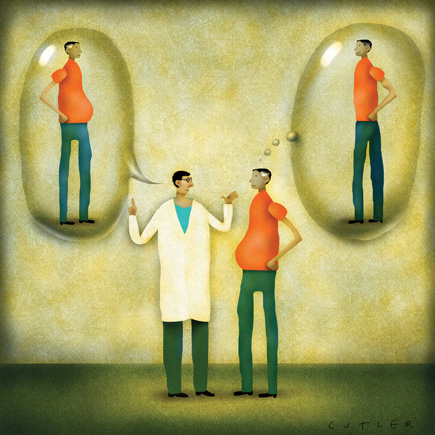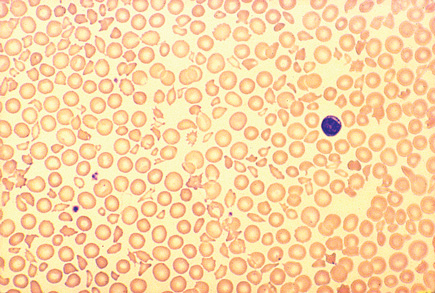Why job descriptions matter
Job descriptions not only help practices hire and retain the right employees, they can also have a positive effect on productivity and profitability.
The keys to success in a well-managed practice are high-quality patient care and excellent service. It's one thing to have outstanding clinicians, but the practice must also commit to its employees.
To do a good job, employees must know what is expected of them and how they will be evaluated. Job descriptions not only help practices hire and retain the right employees, they can also have a positive effect on productivity and profitability.
Many small practices don't have job descriptions, perhaps because they don't know how to write them or don't see the value. But not only are job descriptions an integral part of recruiting and retention, they also provide a guide for compensation, training and performance appraisals.
Employee retention can save money and headaches and increase productivity. A lot of time and effort is invested in hiring employees, so if there is a misunderstanding about expectations, a new employee will leave and the practice will have to replace him or her.
Having a common understanding of the job duties increases the chances of a good fit, and employees can perform well because they will know what they are expected to do. Job descriptions can also serve as written evidence that employment decisions are made on a rational and fair basis, especially in case of discrimination complaints.
The process of creating job descriptions forces the manager and physician-owner to think carefully about what each position does, how each position relates to others, and what skills and characteristics are needed. Creating job descriptions also makes the manager and/or physician-owner relate each employee's job to the overall mission of the practice.
The typical job description will include the following elements:
- position title,
- summary description of the position,
- supervisor, or the position to which the employee reports,
- the functions and responsibilities of the position, including cross-training opportunities/requirements,
- education and skills needed for the position and
- any certification, licensure or other training required for the job.
ACP's Medical Home Builder has a new Human Resources module with templates and sample job descriptions, as well as many other employee policies and procedures. More information about how to license the Medical Home Builder is online.




